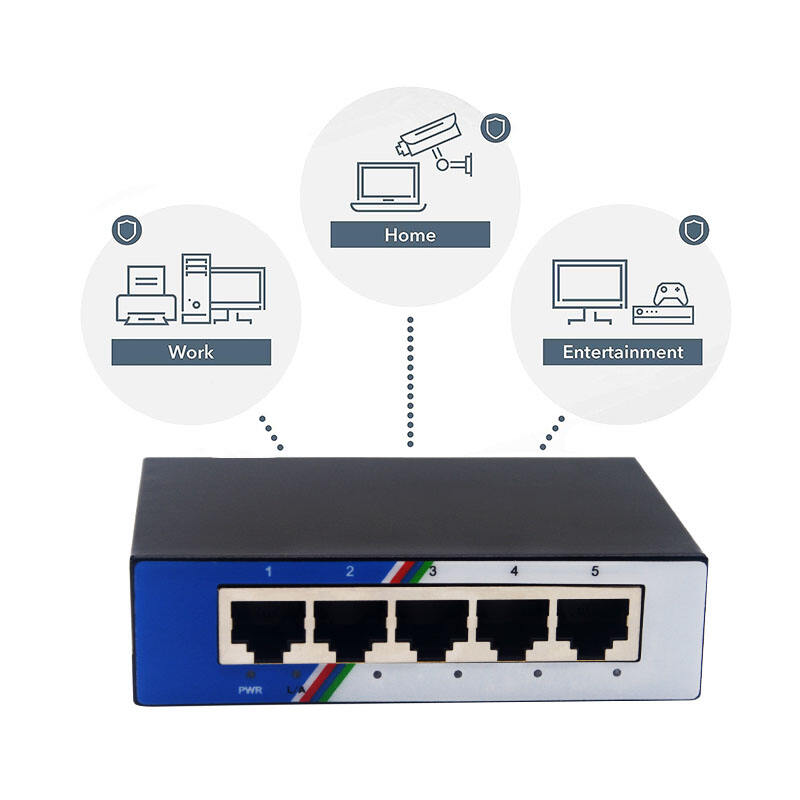
An Ethernet switch is a central networking device that connects multiple Ethernet-enabled devices, such as computers, routers, and IP cameras, within a local area network (LAN), using packet switching to forward data only to the intended recipient, thereby optimizing network bandwidth and reducing congestion. This essential component supports various Ethernet standards, including Fast Ethernet (100 Mbps), Gigabit Ethernet (1 Gbps), and 10 Gigabit Ethernet (10 Gbps), making it versatile for different network sizes and speed requirements. Shenzhen Dasheng Digital Co., Ltd., a national high-tech enterprise with 15 years of deep industry cultivation in industrial-grade communication equipment, manufactures Ethernet switches that deliver reliable performance, low latency, and robust design, suitable for applications ranging from home networks to large industrial systems. The Ethernet switch from this company is engineered to handle the demands of smart security systems, where continuous video transmission is critical, and industrial automation, where real-time data exchange between sensors and controllers is essential. These Ethernet switches feature multiple ports for easy expansion, plug-and-play functionality for simple installation, and advanced management options in higher-end models for complex network setups. Built with high-quality materials, the Ethernet switch can operate in harsh environments, withstanding extreme temperatures and electromagnetic interference, ensuring stability in national defense communications and outdoor surveillance. The Ethernet switch also includes security features like VLAN support and access control lists to protect network integrity, enhancing safety in commercial and industrial settings. With a focus on energy efficiency, the Ethernet switch reduces power consumption during low activity periods, lowering operational costs. Whether used in offices to connect workstations, in schools for digital education, or in factories to support automation, the Ethernet switch from Shenzhen Dasheng Digital Co., Ltd. provides a foundational element for network infrastructure, leveraging the company’s commitment to innovation to meet global standards. By integrating an Ethernet switch, users can create a efficient, secure, and scalable network, enabling seamless communication and supporting the growth of connected devices in the digital age.
